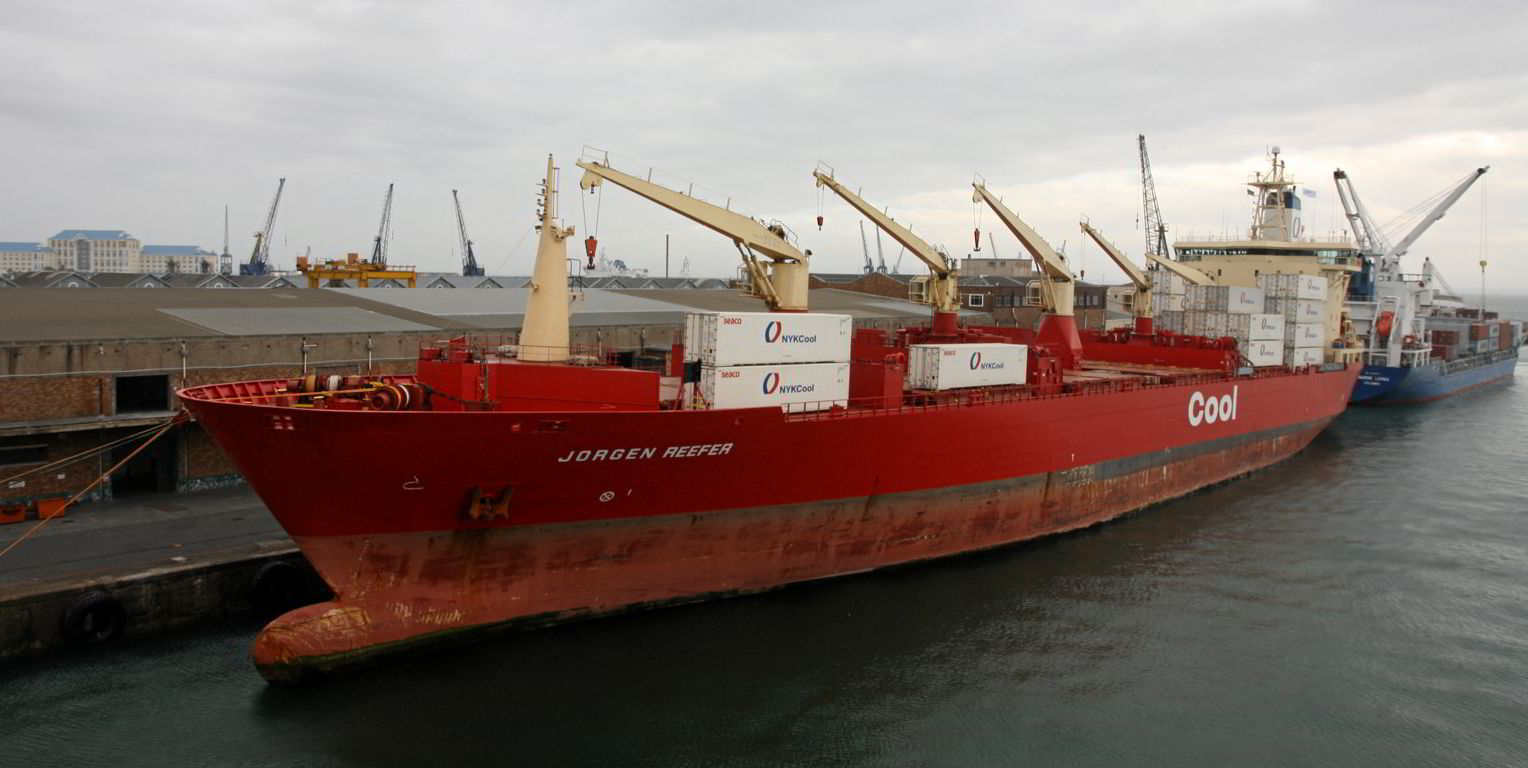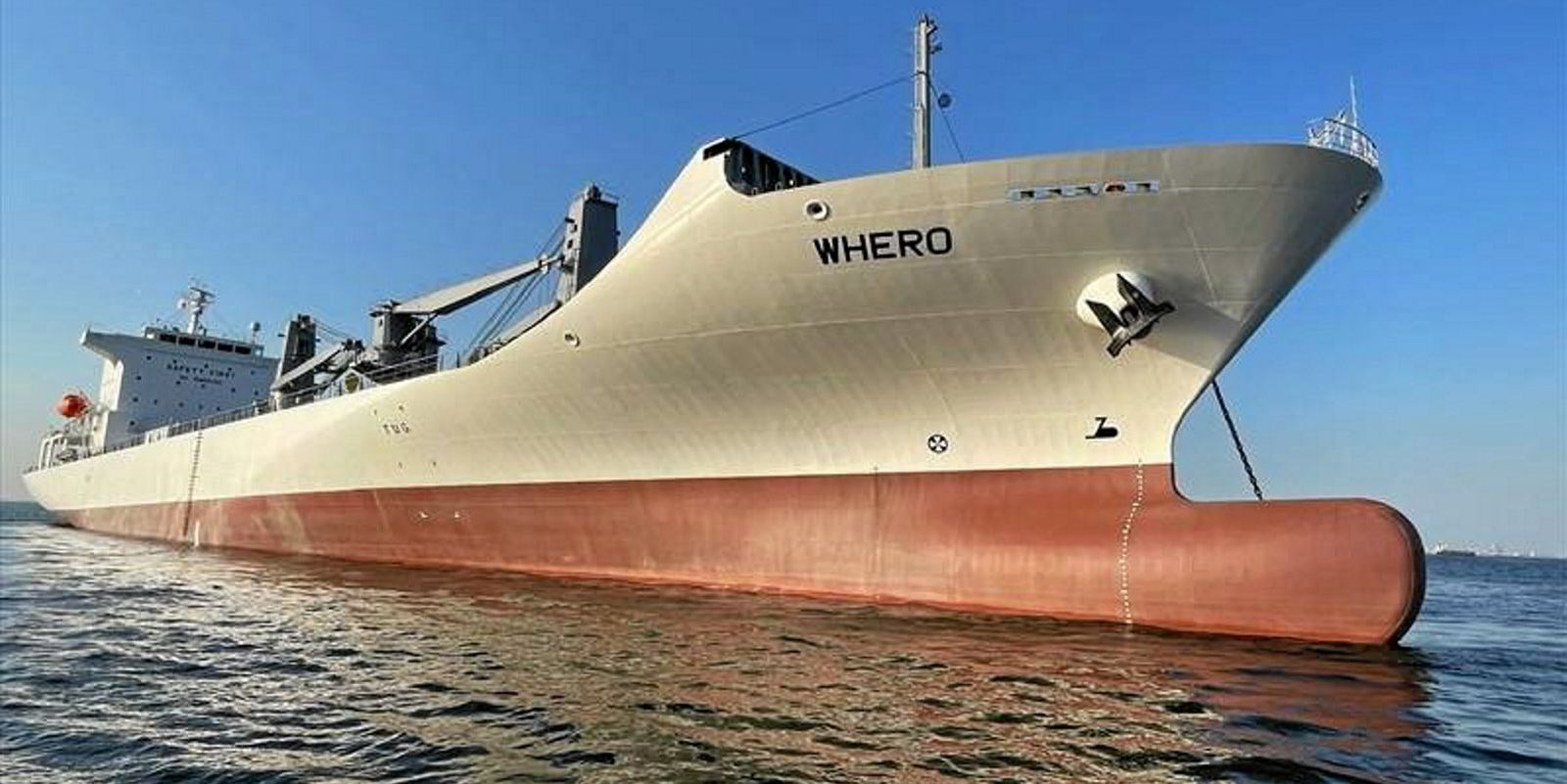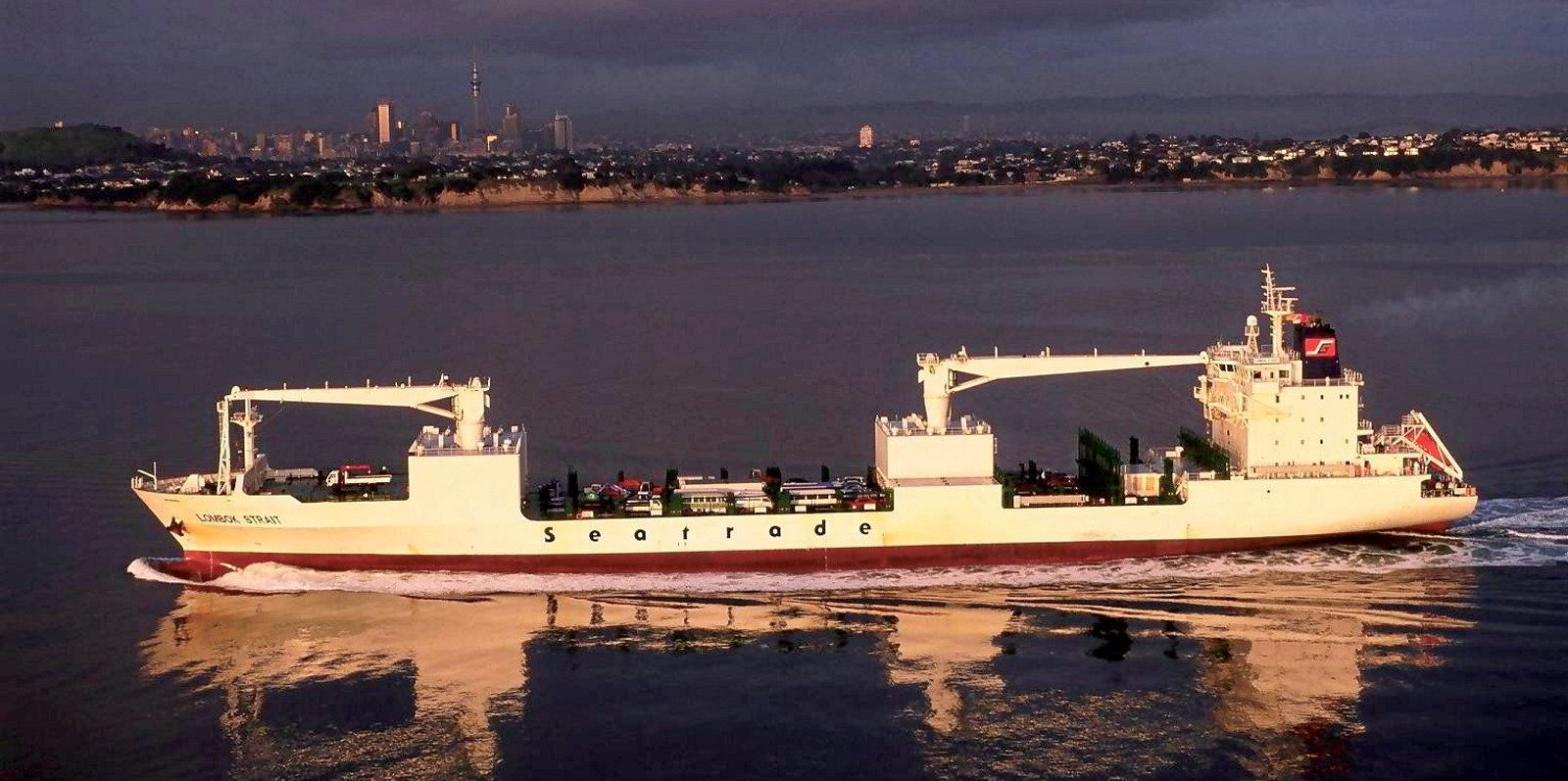Sale-and-purchase activity in the reefer market has all but ground to a halt as operators hang on to ships as rates reach levels unprecedented in recent years.
Just a handful of vessels changed hands for further trading in the early part of 2021.
In addition, only nine had been sold for recycling by the end June.
This is in marked contrast to most years during the past decade, when dozens of reefers were sold, and many more scrapped.
It is not hard to understand why.
Reefers, long considered a dying breed of ship, are enjoying a revival as shippers of perishable foods find themselves unable to get their products onto containerships.
In recent years, workers in the cold storage warehouses lining the reefer wharves in Ecuador, Chile and South Africa have got used to loading the country’s fruit exports into containers rather than directly onto reefers.
But, this year, they have been busy loading reefers as well.
Cape Town — South Africa’s main fruit export port — is a good example of this switch. Data from MarineTraffic indicates that 25 reefers have been enlisted to carry the country’s avocado export crop to the Netherlands — the world’s second-largest importer of the fruit — so far this year.
Players in the reefer trades told TradeWinds that shippers around the globe are finding it hard to secure slots on containerships, and baulk at the sky-high freight rates liner companies are charging on North-South routes.
Analysts at Drewry, in their latest reefer market report, said the surge in dry container volume is also hampering reefer container equipment repositioning, and port congestion is adding further to dwell times of equipment.
Shippers of large volumes of perishable fruits and vegetables have turned their attention back to reefers, which were shunned when lines began offering cheaper transportation for refrigerated containers several decades ago.
“Cargoes are coming back that haven’t been seen in many years,” said Michiel Schaap, a reefer veteran who handles S&P activities for Dutch reefer specialist Seatrade Group — a market leader with a fleet of more than 50 owned and chartered ships.
“We are even seeing cargoes we have never seen before. The container lines developed new trades where loadings were too small to justify chartering a full reefer, but volumes in these ports have grown dramatically.”
The ISB Seafield Reefer Index — measuring charter rates for vessels of between 260,000 cubic foot (cbf) and 470,000 cbf — hit a seven-year high of 1,500 points in April. By July, the index had reached 1,750 points.
Time charter equivalent rates for 270,000-cbf reefers have shot up from $0.35 per cbf in the later months of 2020 to $1.20 per cbf.
Ageing reefer fleet
Data from VesselsValue and Clarksons shows that after two decades of decline, the global reefer fleet has bottomed out at about 700 pure reefers that carry chilled cargoes.
At the same time, there has been little investment in new ships to replace an ageing reefer fleet, which VesselsValue calculates to have an average age of 30.5 years.
Newbuilding deliveries and orders have been few and far between. VesselsValue data shows only four reefers were ordered in 2020, and none so far in 2021.
Therefore, vessel supply is tight and owners are unwilling to part with ships as the money continues to roll in — there is nothing with which to replace them.
Broking sources familiar with the reefer market said that owners of older tonnage have elected to put their vessels through special surveys to allow them to continue riding this unexpected boom market.
This may have brought the decline of the global reefer fleet almost to a stop, but brokers who work in reefers believe this is only a temporary halt.
Brokers said reefer operators are not rushing out to pay top dollar for secondhand ships or newbuildings while they ride the coat-tails of the box boom.
The reefer market may be strong right now, but they recognise that it remains marginalised long term.







